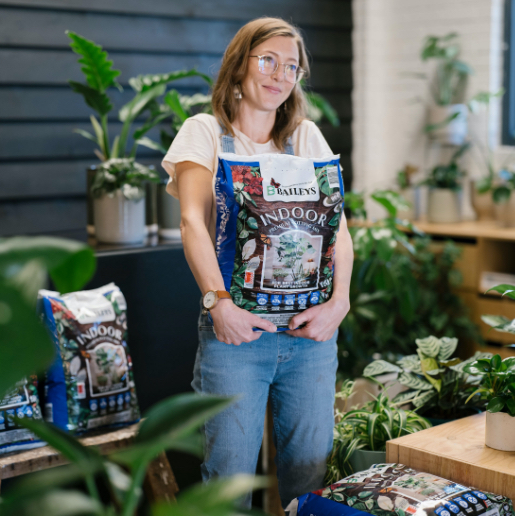
Join our Great Gardens Club!
Sign up to enjoy 15% off your first purchase from Baileys online. Plus, get our monthly WA gardening tips, latest news and promotions straight to your inbox.

Sign up to enjoy 15% off your first purchase from Baileys online. Plus, get our monthly WA gardening tips, latest news and promotions straight to your inbox.
Part 2 of our Succulents Story - Propagating
Succulents are amongst the Earth's great survivors and one key is their ability to reproduce readily. This is great news for gardeners as it means we can multiply many of these plants at home. Some succulents can be grown from seed, leaf cuttings, stem cutting and division. As an example I will run down the list from last weeks post indicating how each of these can be multiplied.

Aloe plants are most commonly divided up as the main plant produces offsets every year. Even when these don't have roots the pups will quickly establish and quickly become rooted in the soil. For single trunk types (no offsets) you have to wait till after flowering to harvest seeds.
Fire stick plant (pictured left) This colourful plant is one of the easiest plants to grow from cuttings. These can be short ends of stems or whole branches up to 2 or 3 metres long. Ideally dry these out for a couple of day then plunge into soil or potting mix.
Aeonium (pictured left) Stem cuttings are easy to make. Cut the rosette leaving some of the stem attached. The bare stems themselves can also be cut into sections. In both cases allow to dry and callus before placing into sandy soil or a well drained potting mix.
Blue chalk can be reproduced by taking either leaf or stem cuttings and placing these into a seed raising or cactus mix after drying for a few days.
Canary Island dragon tree is usually propagated from seed, which can be harvested from mature bright orange fruits.

Agave attenuata Foxtail plant While most commonly grown from pups that form on the main trunk, Foxtail plant can also be propagated from seeds as well as the tiny bulbils that form on the flower stem.
Kalanchoe (pictured left) Can be propagated in a variety of ways including single leaf cuttings, stem cuttings and division.

Jelly bean (pictured left) plant these often reproduce in the garden when a leaf gets knocked off the parent plant and starts sprouting roots. You can emulate this process by picking the bean-like leaves and placing these on a seed raising mixture in a pot. These plants can also be propagated by taking stem cuttings.
Forever flower are best treated as a cutting propagated plant however cuttings can range from two to three centimetre long pieces of stem up to trunks of a metre in height. Drying the wound at the base of the cutting is important as a way of preventing rotting.
Curly Houseleek To get the maximum number of plants, leaf cuttings are the way to go. Tear a leaf from the rosette and lay this horizontally on a seed raising or cactus mix. Roots will form and start to grow down into the mix. Mature plants develop a thick stem. You can cut the rosette and place this on a cactus mix to grow roots. The remaining stem can also be used to grow new plants by laying a stem cutting on a pot of cactus mix.